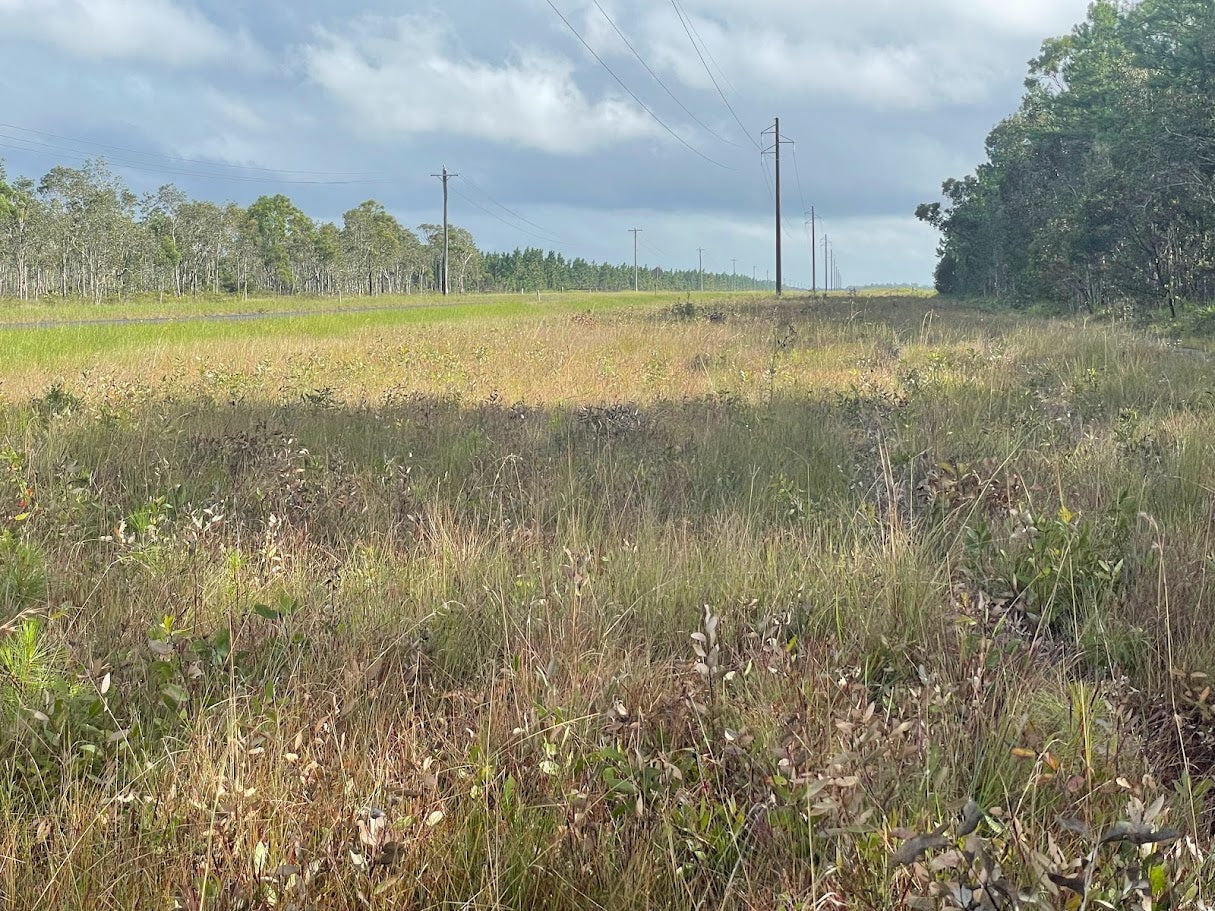
Selective Solutions: Using Broadleaf Herbicides to Restore Grassland Ecosystems
Grasslands are among Australia’s most significant ecosystems, supporting biodiversity, protecting soil health, and contributing to agriculture. Despite their importance, grasslands are under threat from invasive broadleaf weeds that outcompete native species, disrupt ecological balance, and degrade habitat quality.
Selective herbicides, designed specifically to target broadleaf weeds while preserving grasses, offer a practical and sustainable solution for grassland restoration. By integrating their use into a broader restoration strategy, we can not only control invasive species but also ensure the recovery of these vital ecosystems.
The Value of Grassland Ecosystems
Grasslands provide a range of ecosystem services, including soil stabilisation, water filtration, carbon sequestration, and habitat for wildlife. They also play a critical role in agriculture, forming the backbone of livestock grazing systems. According to the Australian Bureau of Statistics (ABS), ecosystems contribute an estimated $2.4 trillion to Australia's economy, with grasslands accounting for a significant share of this value.
However, the expansion of invasive weeds such as Paterson’s curse, fireweed, and capeweed has created challenges for maintaining and restoring healthy grasslands. These weeds reduce pasture productivity, degrade soil health, and threaten native biodiversity, making their management a priority in grassland restoration efforts.
The Role of Broadleaf Herbicides in Restoration
Broadleaf herbicides are uniquely suited to address invasive weeds in grasslands. Their ability to target weeds while leaving grasses unaffected makes them an essential tool for maintaining the integrity of grassland ecosystems.
Key benefits of using selective broadleaf herbicides include:
-
Targeted Control
Selective herbicides are formulated to target specific weed species while preserving desirable vegetation. For grasslands, this means controlling broadleaf weeds without damaging native or productive grasses that form the foundation of the ecosystem.
-
Minimal Environmental Impact
Unlike non-selective herbicides, broadleaf-specific formulations reduce the risk of harming non-target species, preserving biodiversity and ecological balance.
-
Support for Native Plant Regeneration
By removing invasive weeds, broadleaf herbicides create space and resources for native plants to re-establish. Native species help stabilise soil, improve water infiltration, and support local wildlife.
Restoration in Action: A Case Study
A degraded grassland in regional Australia faced an overwhelming infestation of Paterson’s curse, a fast-growing broadleaf weed that suppresses grass growth and reduces habitat quality. The restoration process included:
-
Selective Herbicide Application: A broadleaf herbicide was applied during the early growth stages of the weed, maximising its effectiveness while minimising the impact on surrounding grasses.
-
Soil Health Monitoring: After the herbicide application, soil tests were conducted to ensure nutrient levels and microbial activity remained unaffected.
-
Native Grass Seeding: To accelerate recovery, native grass species were seeded in treated areas, restoring the natural plant community, and reducing the risk of weed resurgence.
Within a single growing season, native grasses began to dominate the landscape, improving soil stability, reducing erosion, and increasing habitat value.
Integrated Management Strategies
While broadleaf herbicides are effective, their use should be part of an Integrated Weed Management (IWM) approach that combines chemical, biological, and cultural control methods for long-term success.
Key components of IWM for grassland restoration include:
-
Herbicide Rotation: Preventing resistance by alternating between herbicides with different modes of action.
-
Mechanical Control: Using mowing or slashing to reduce weed seed production.
-
Biological Control: Introducing natural predators or pathogens to suppress invasive weed populations.
-
Revegetation: Planting native grasses and forbs to outcompete weeds and stabilise the ecosystem.
Balancing Productivity and Conservation
Restoring grassland ecosystems through selective herbicide use benefits both conservation and agriculture. Healthy grasslands support livestock grazing, reduce reliance on supplementary feeding, and improve water use efficiency. Simultaneously, they enhance biodiversity, creating habitat corridors and supporting pollinator species essential for agricultural crops.
Additional content
VIEW GWS' ADDITIONAL CONTENT TO LEARN MORE ABOUT THE WEED INDUSTRY

Towards Modern Vegetation Management: Solutions for Australia’s Linear Infrastructure
Understanding the Changing Vegetation Challenge Vegetation management across Australia’s linear infrastructure corridors is becoming increasingly complex. Roads, rail corridors, gas pipelines, elec...
Read more
Case Study: Parthenium Weed Hygiene
Introduction: The Necessity of Weed Hygiene Management Australia’s vast expanses and diverse land uses, from grazing pastures and cropping zones to natural bushland and urban corridors are u...
Read more
The Critical Role of Weed Hygiene in Effective Weed Management
Weed hygiene management is a cornerstone of effective biosecurity and sustainable land use in Queensland. The unchecked movement of soil, vehicles, stock, and equipment can inadvertently spread inv...
Read more
